The Jocla, an emblematic jewel of Native American culture
At Harpo, we are committed to bringing you the finest and most authentic Native American jewelry. Our pieces all come from the Southwestern United States and are representative of the incomparable jewelry skills of the American Indians, known for their work with turquoise and sterling silver.
The Jocla is an iconic example: this beautiful piece of jewelry has been adopted by various tribes and has taken on different forms over the years.
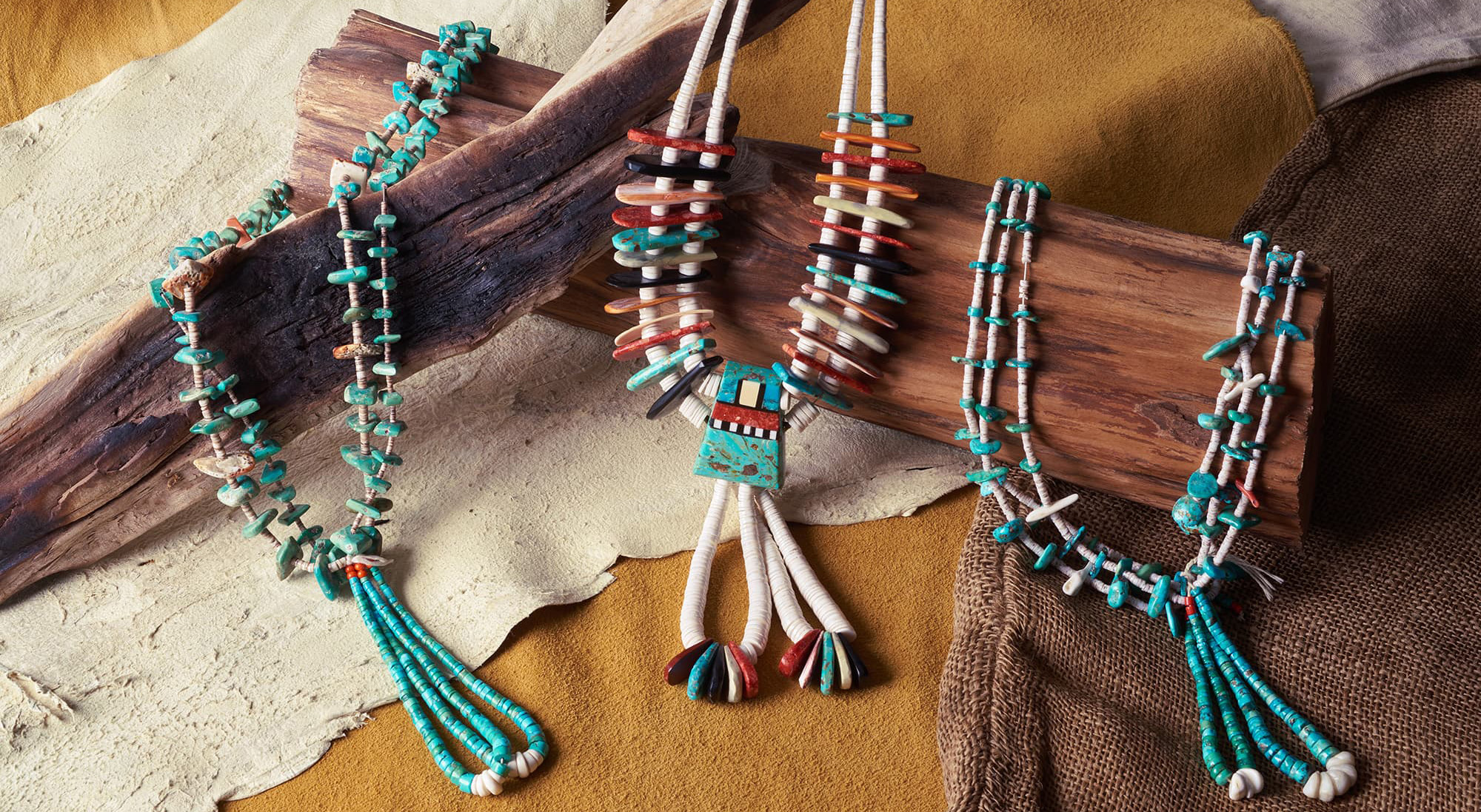
The Jocla necklace :
The Jocla necklace is a traditional Native American ornament composed of two distinct parts. It is a long necklace of beads made of natural materials (turquoise of course, but also coral and shells).
This long part that the Natives pass around the neck can be made of one or several strings of pearls and nuggets, spun on a dried sinew or a resistant string.
On this long string of beads, there are two pendants of varying size that are knotted so that they can be easily detached. These pendants are remarkable for their drop shape, which is made to give a gradient effect: the ends are thin while the middle part is enhanced with more imposing elements such as raw nuggets or beads cut in the shape of a corn kernel.
As a reminder, corn is an essential foodstuff and therefore a very important symbol of the Native American culture.
These pendants have the particularity of being knotted and not strung on the necklace, because this allows the Natives who wear it to detach them and put them on their ears. Thus, this jewel is a "two in one" ornament that can be a beautiful and long necklace on its own, as well as a neck and ear ornament.
The history of Jocla :
Historically the Jocla necklace was made and worn by the Pueblo tribe. This tribe is known for the realization of the Heishi beads, these tubular and smooth beads made of stones and shells, which can be found on many Jocla necklaces.
Then this jewelry spread to the Navajo tribe: the Pueblo and Navajo traded and the Jocla pendants were a currency of exchange. In fact, it was the Navajo who named these ornaments "Jocla", "Jacla", "Jackla" (spellings vary), which in their dialect means the "ear string".
For decades the Jacla necklace has marked the Native American culture as a jewel, marker of wealth, element of barter.... It can be found in superb archive photos, on the necks of women and men during ceremonies and important moments.
This ornament has crossed the tribes and the ages, to lend itself today to different styles.
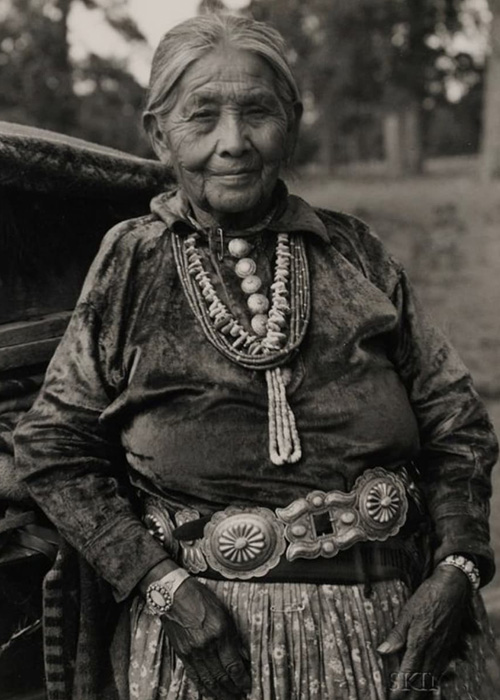
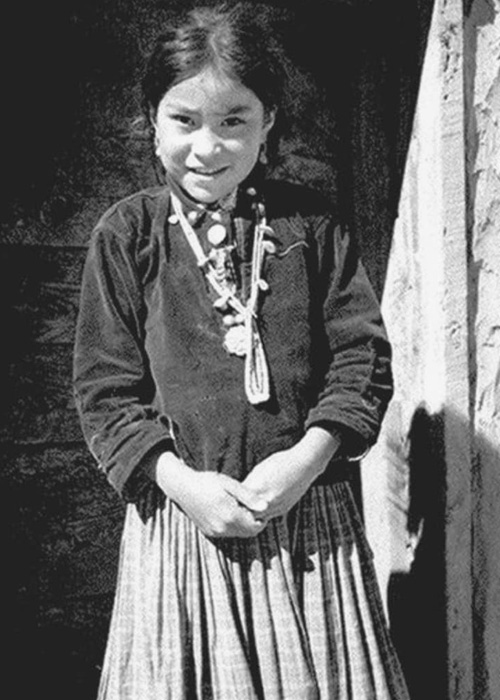
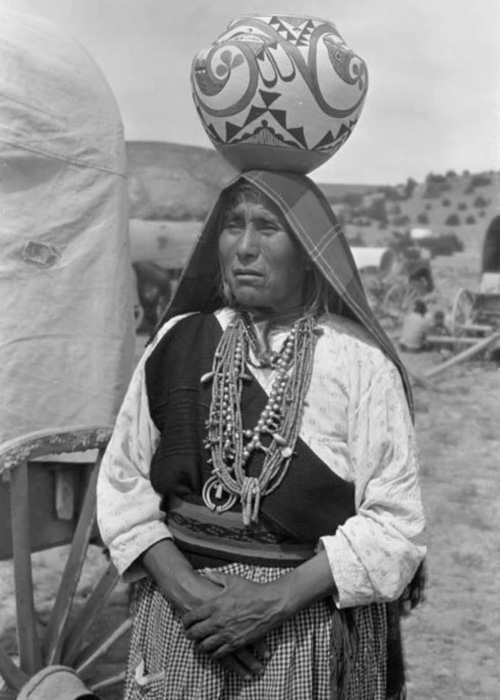
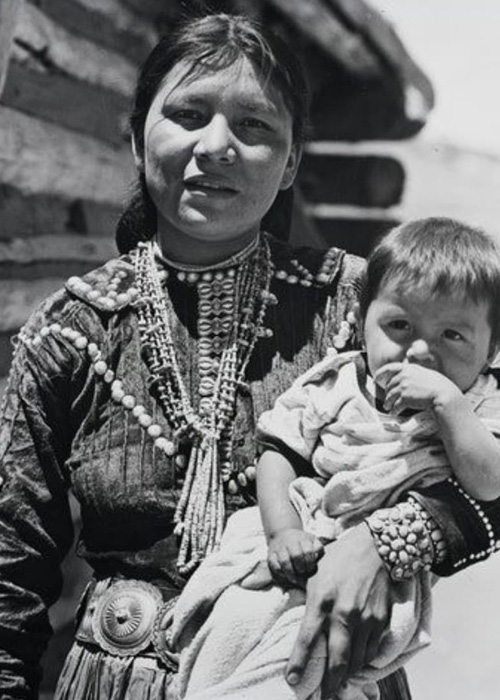
The Jocla necklace : its evolutions and variations
Today this necklace can be made by artists with different styles. Thus, at Harpo you can find superb examples of Jocla necklaces, from the antique style made of dried sinew string and raw turquoise nuggets, to more contemporary creations whose technique of cutting and composition of stones and shells is unparalleled.
The Jacla pendant itself has been reworked by Pueblo artists into necklaces in its own right, called corn beads necklaces, with corn beads as the central element. These beautiful necklaces made of turquoise and shell Heishi beads can be composed of one or more rows. They are real marvels of creation that perfectly dress the neckline.
Another modern variant also interesting : we can turn to the Pueblo earrings, directly derived from the Jacla pendants, mounted on a silver sleeper: these earrings of different sizes dress superbly the ears and neck, are most often made of turquoise, but also shells. Of course, in the center of the earrings, you will find the characteristic element of the Jocla: these beads cut in the shape of corn seeds.
To get a better idea about this type of handicraft and about the Jocla necklace and its derivatives, feel free to visit us in our store or discover our superb collection online.
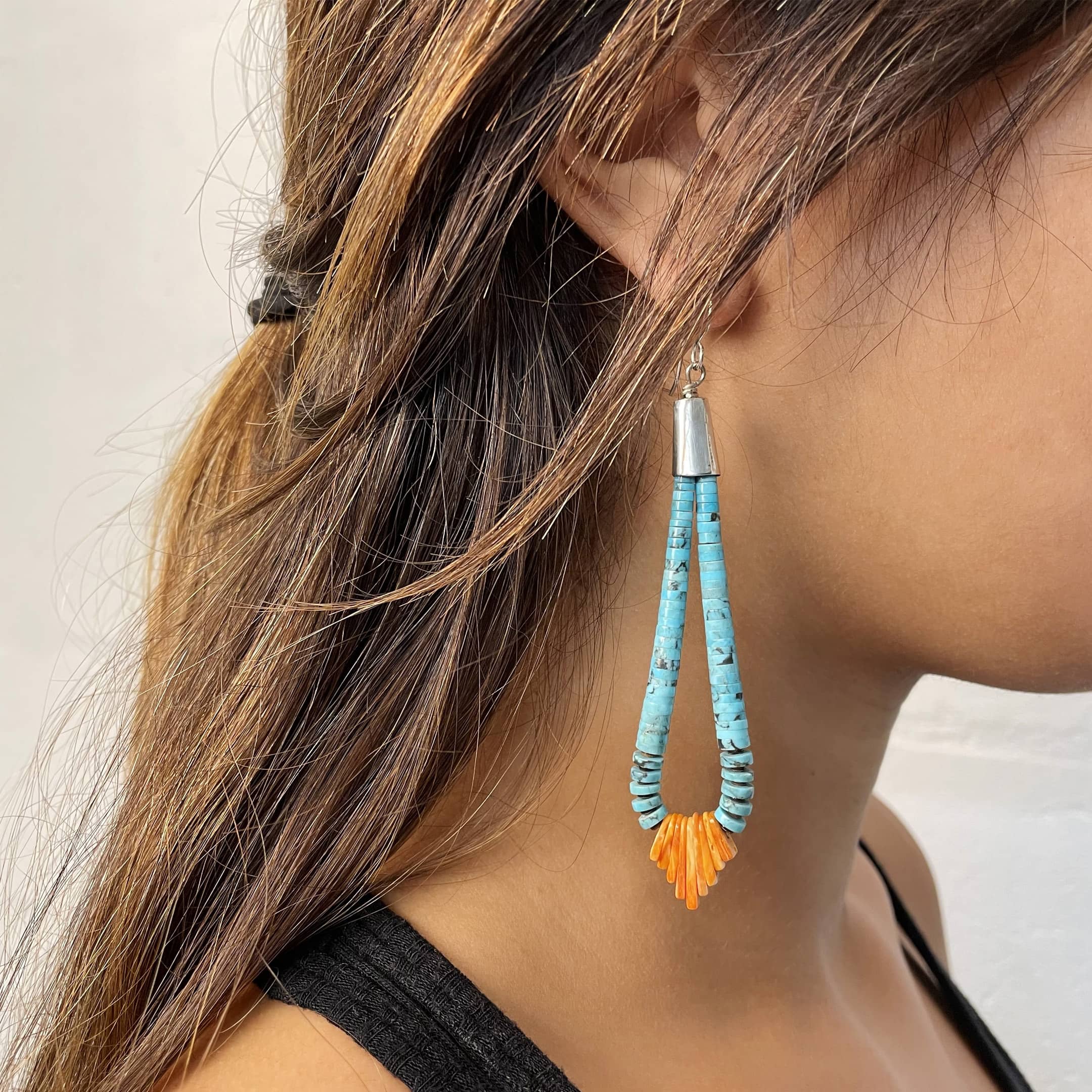
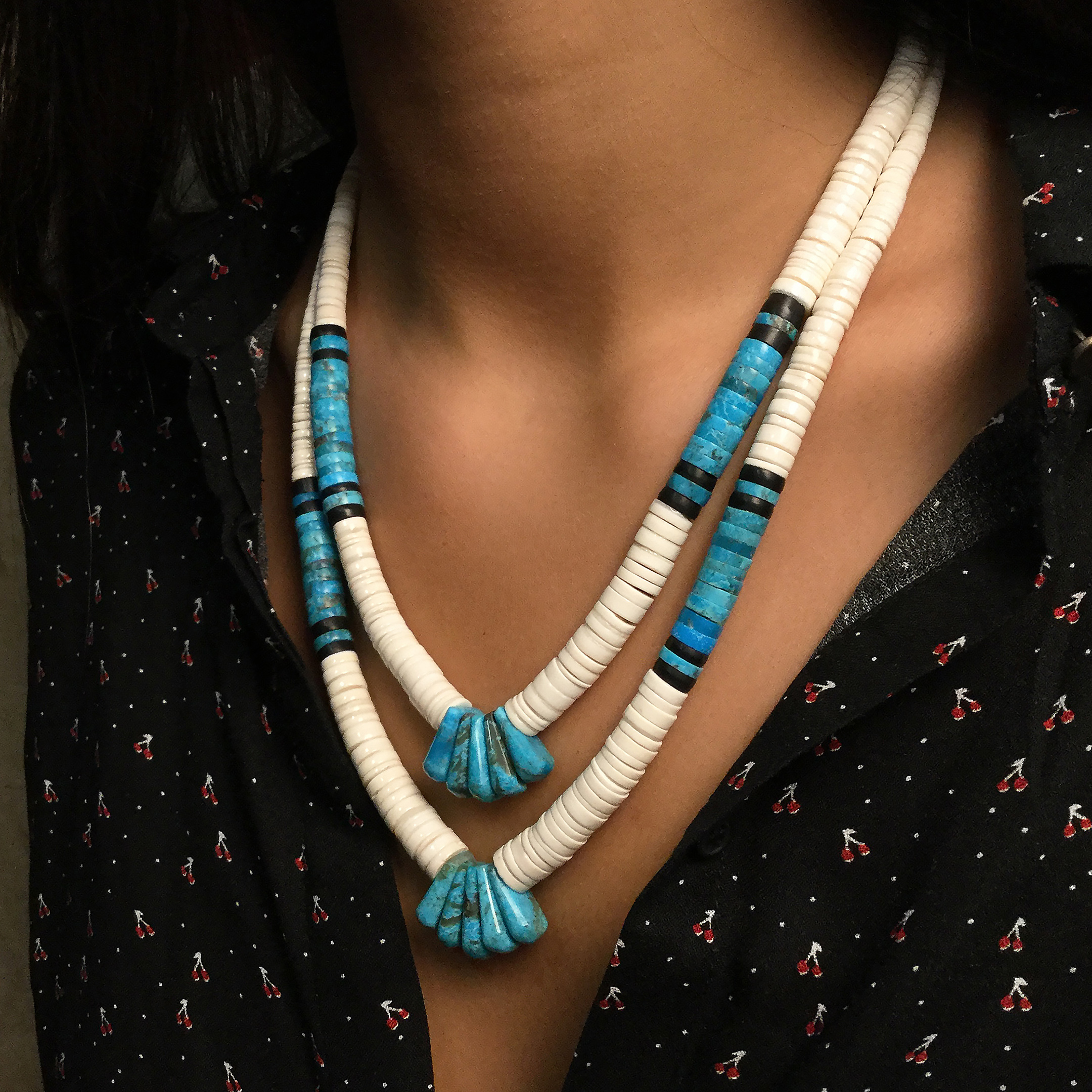
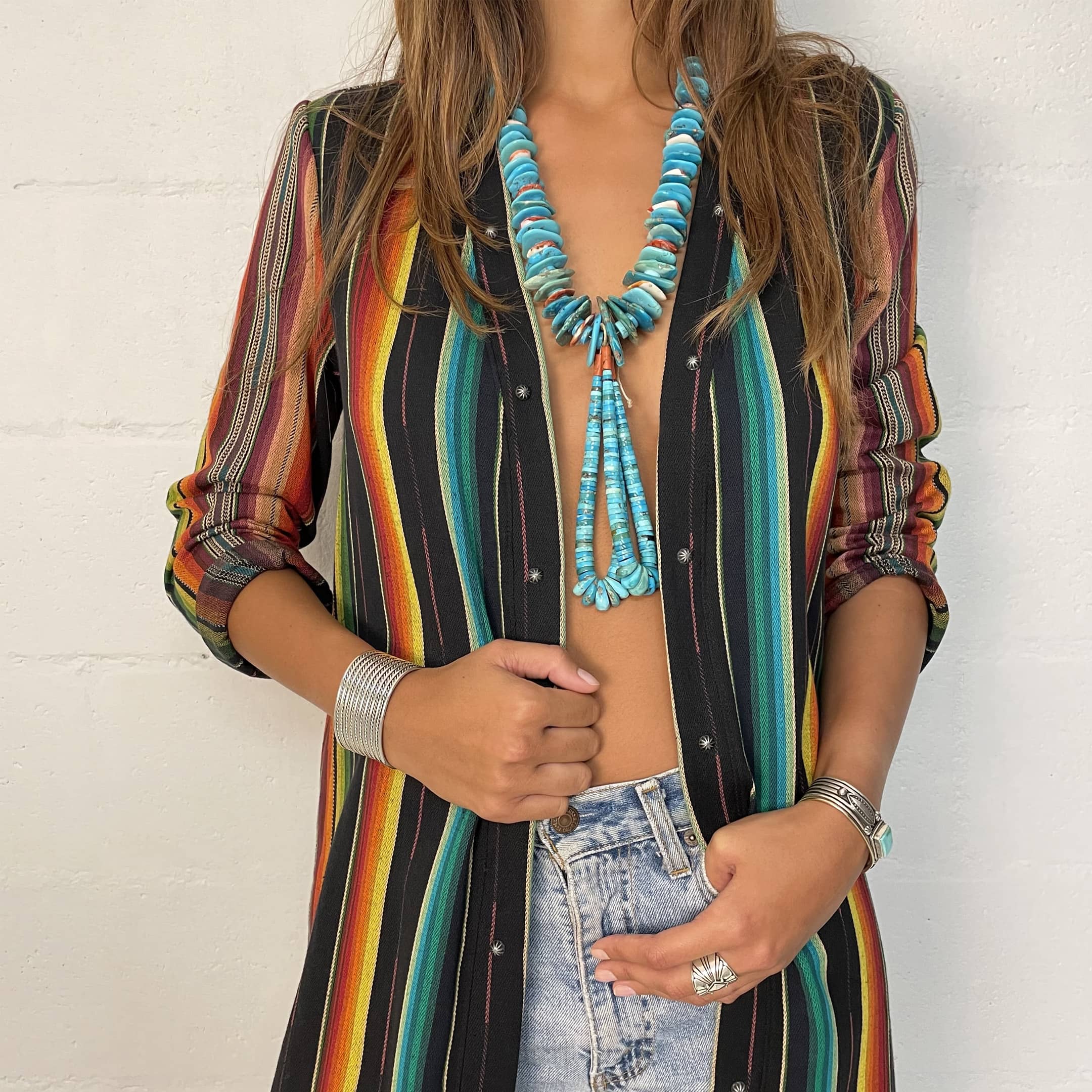
 Rings
Rings Bracelets
Bracelets Necklaces
Necklaces Earrings
Earrings Pendants
Pendants Buckles
Buckles Belts
Belts Fetishes
Fetishes Bolo ties
Bolo ties Stunning Pieces
Stunning Pieces Moccasins
Moccasins Miscellaneous
Miscellaneous Decorations
Decorations